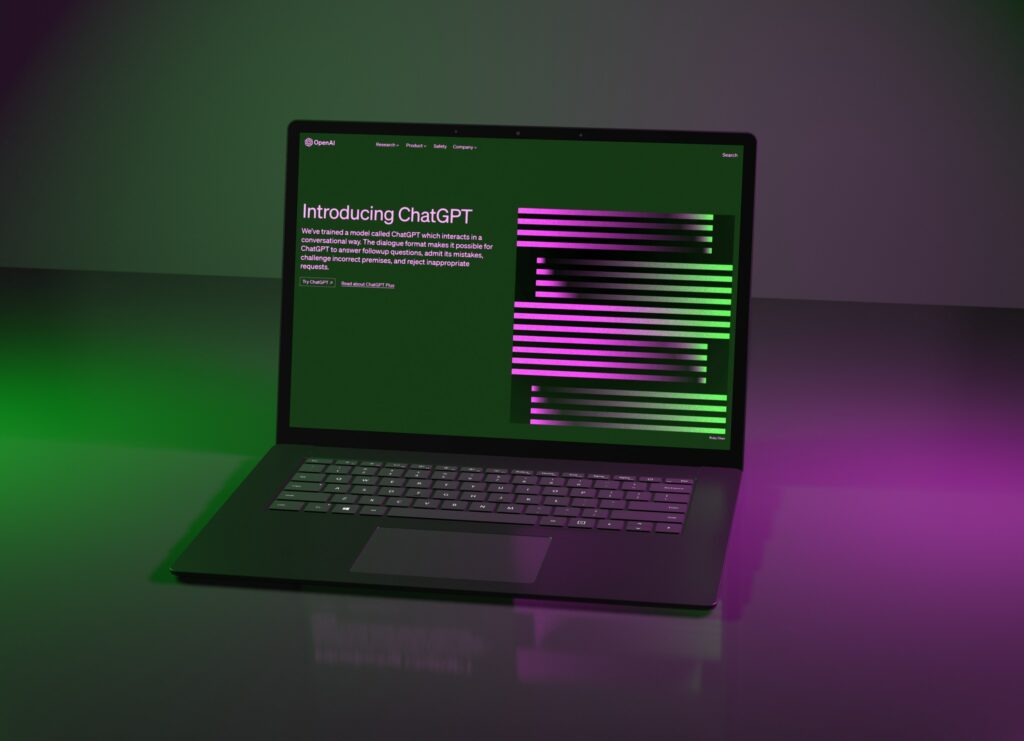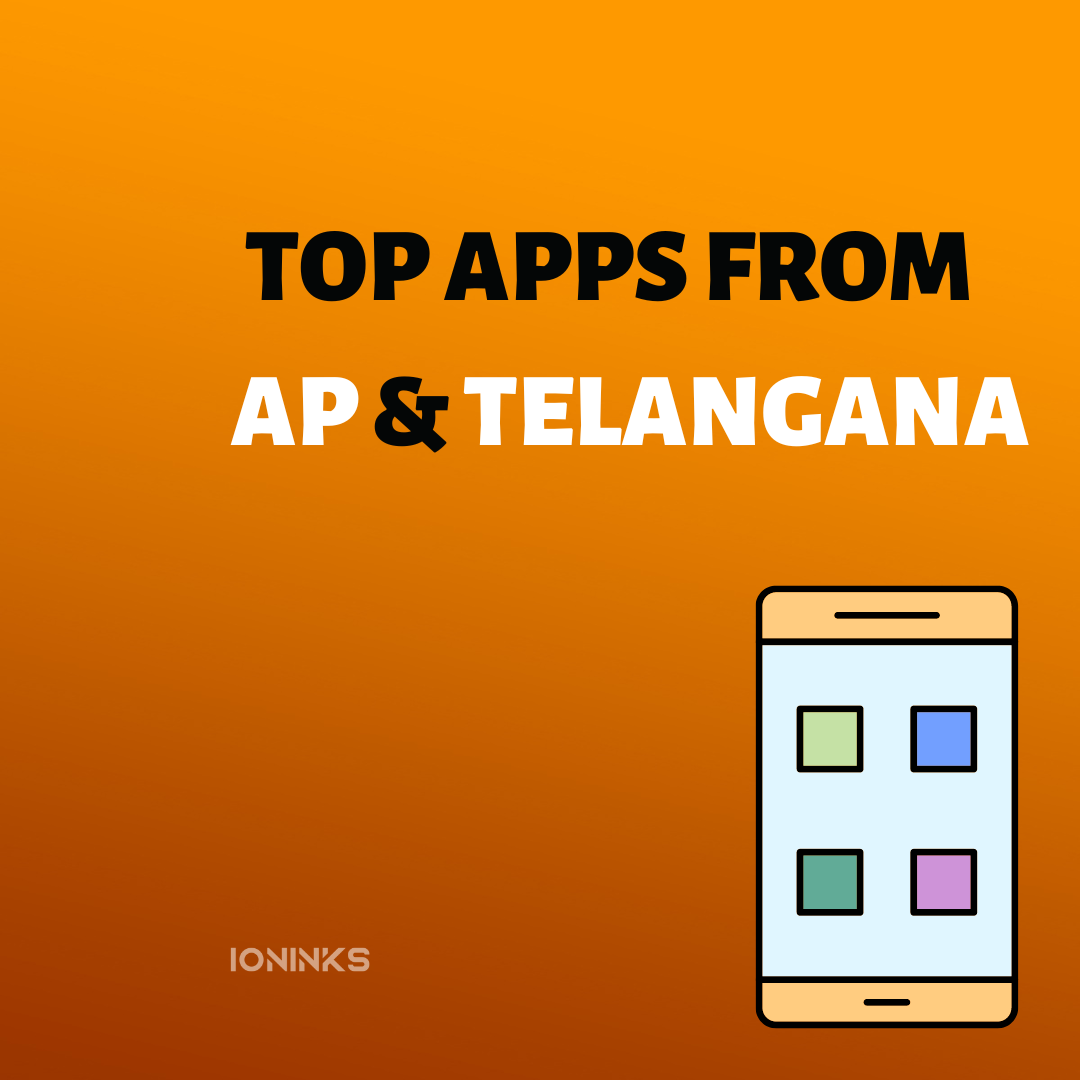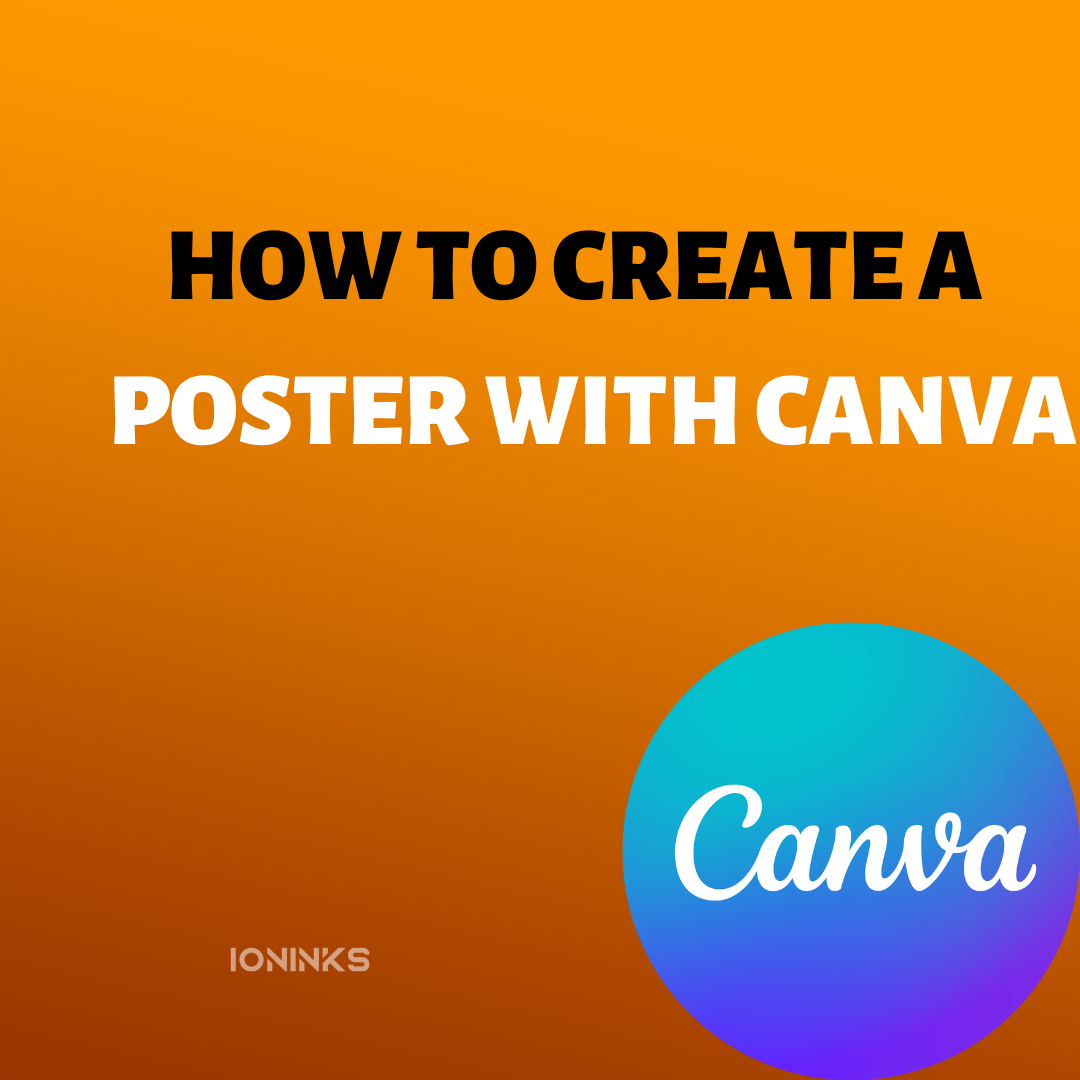
Understanding the Nuances of Conversational AI Models: Google Bard & Chat GPT
- Ion Sravan
- April 25, 2023
- Uncategorized
- 0 Comments
Understanding the Nuances of Conversational AI Models: Google Bard & Chat GPT

In recent years, conversational AI has advanced significantly, with machine learning and natural language processing (NLP) approaches allowing AI models to create human-like text answers in chat-based conversations. Google’s Bard and OpenAI’s Chat GPT, two revolutionary interactive AI models that have received a lot of attention, are two important breakthroughs in this discipline. They have certain commonalities, but they also have significant variances in their design, training data, and intended use cases.
Both Google Bard and Chat GPT are massive language models trained on vast quantities of web text data. They employ sophisticated neural network designs, notably transformers, that have been shown to be extremely successful at modelling language and capturing long-term interactions. There are, however, numerous subtle changes between the two types.
● Design and Training Approach: While both Bard and Chat GPT are developed for conversational purposes, their training methodologies differ. Bard has been particularly taught to generate interactive human-like answers, with a concentration on emulating the syntax and framework of human writing. This qualifies Bard for duties such as providing lyrical or creative answers. Chat GPT, on the other hand, is trained for generic language modelling and does not have a conversational focus. It is intended to create logical and context-sensitively suitable answers depending on the supplied text, but it may not be as near to human writing style as Bard.
● Training Data: The training data for Bard and Chat GPT vary as well. In addition to common internet text, Bard’s training data is expected to include a variety of text data, such as poetry, literature, and other types of creative writing. This one-of-a-kind training data assists Bard in generating innovative and lyrical replies. Chat GPT, on the other hand, is trained on a bigger set of online text data, including a diverse range of themes and writing styles. This increases Chat GPT’s versatility in producing replies for multiple domains and application scenarios.
● Intended Use Cases: Bard and Chat GPT were created with certain use cases in mind. Because of Bard’s innovative and literary character, it is well suited to activities requiring artistic or communicative feedback, such as creating poetry, creative writing, or interactive storytelling. Bard may also be used in applications that require a conversational tone and style, such as virtual assistants or chatbots that prioritise creativity and aesthetics.
Chat GPT, on the other hand, is more restricted to normal dialogue engagements in which producing correct and insightful replies. Chat GPT can be used for a variety of purposes, including customer service chatbots, language translation, text summarisation, and more. Its flexibility and suppleness make it appropriate for a variety of sectors where verbal interactions with users are the key aim.
● Access and Availability: Another distinction between Bard and Chat GPT is the availability and accessibility. Bard is a Google-developed proprietary model, so access to it could be restricted and governed by Google’s terms of service. Chat GPT, on the other hand, is part of OpenAI’s GPT-3 model, which is accessible via the OpenAI API and may be used for a variety of applications subject to OpenAI’s terms and conditions.
To summarise, while both Google Bard and Chat GPT are conversational AI models that employ large-scale language modelling approaches, they differ in their architecture, training data, targeted use cases, and availability. Chat GPT is meant for normal conversational encounters, whereas Bard is aimed at developing artistic and lyrical replies with a conversational tone. The two models also differ in terms of training data, access, and availability. Recognising these subtleties might assist developers in selecting the best model for their individual use case.
For More Information Contact App Development Company
Related Posts

- Ion Sravan
- February 22, 2023
HOW TO BUILD YOUR OWN OTT PLATFORM FOR MOVIE PRODUCTION BUSINESS?
HOW TO BUILD YOUR OWN OTT PLATFORM FOR MOVIE PRODUCTION BUSINESS? Launching an OTT platform is ..

- Ion Sravan
- February 21, 2023
Everything about Business Process
Everything about Business Process How to define Business Process Outsourcing? Business Process ..




